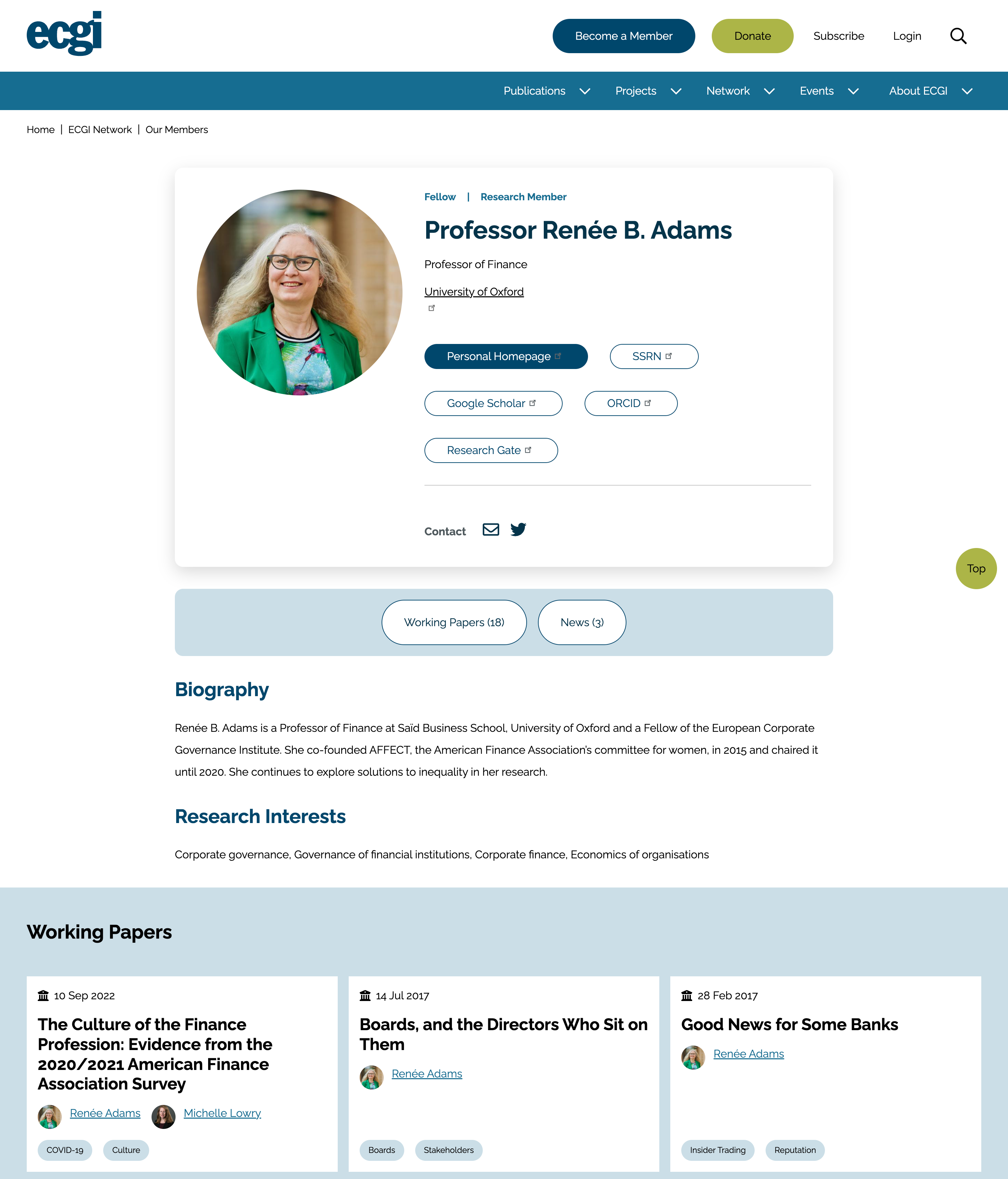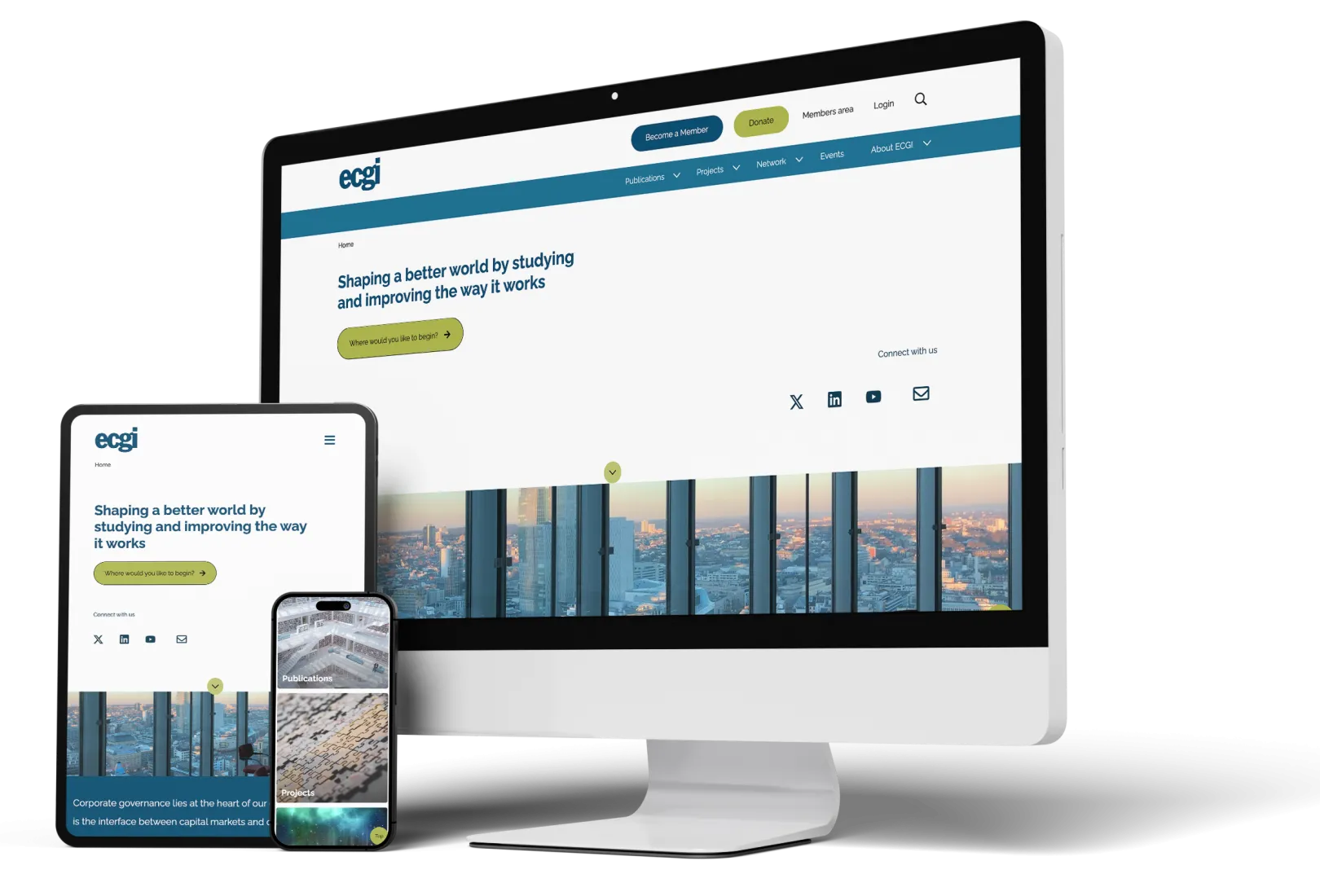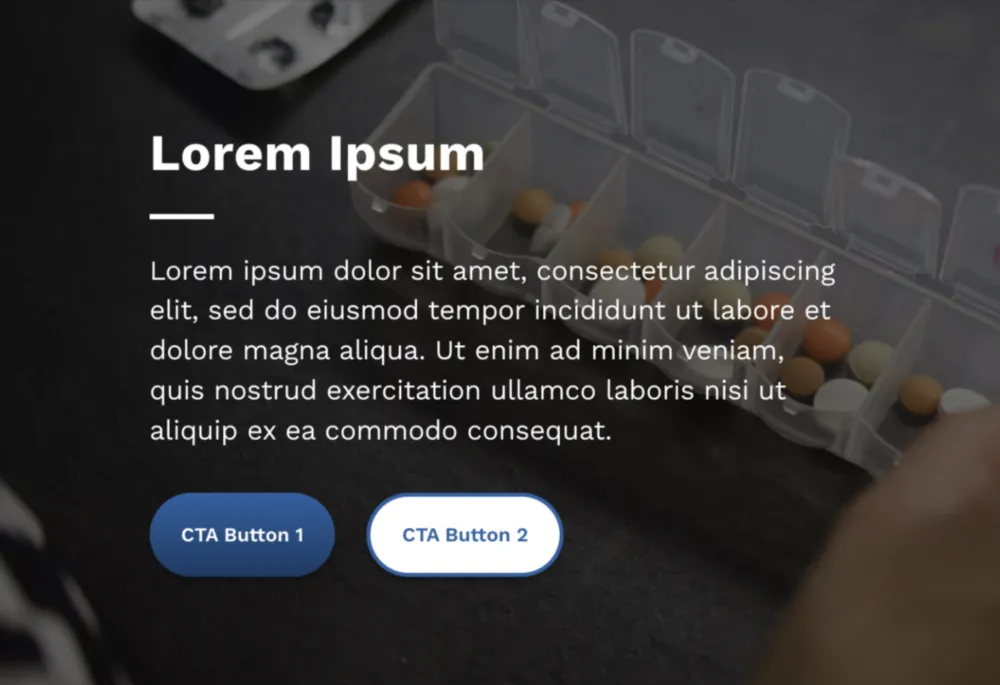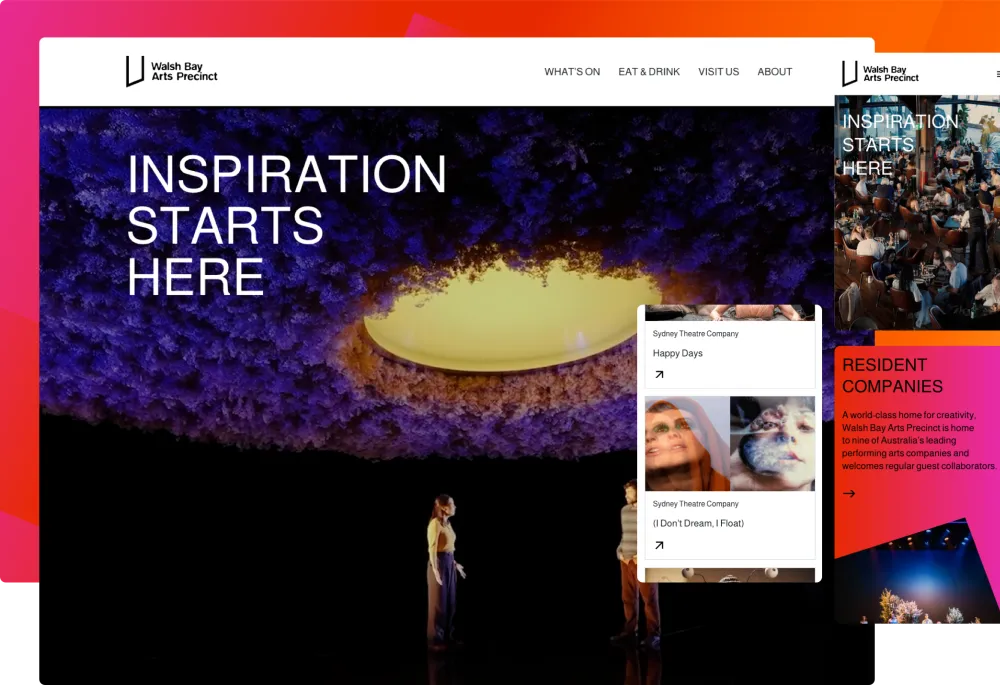Sector(s)
Team Members
Project Team
Annertech is one of Europe's leading open-source digital agencies. Founded in 2008, we have grown to become not just the "go to" Drupal experts in Ireland but right across the UK & Europe, working with a range of clients in both the private and public sectors.
Our mission is to help companies to embrace open-source technology to deliver ambitious digital experiences for their customers. Our philosophy is to never hoard our knowledge, but share it – with clients, partners and the open-source community.
Our clients include: Glanbia, Dublin City Council, National Gallery of Ireland, and Haringey Council.
Visit the site
Visit the siteOrganizations Involved
Community contributions
Approximately 6 patches to Drupal core and contrib modules were tested and are in use on the site. Each of those helps bring Drupal forwards as a more stable and useful platform.
The European Corporate Governance Institute (ECGI) was founded with the mission of enhancing corporate governance practices by promoting independent scientific research and other related activities. The institute's original website was launched in 2017, marking a significant milestone in streamlining ECGI's operations and enabling quicker content publication. This allowed ECGI to share updates on research members' events and initiatives across the globe. However, over time, ECGI experienced substantial growth in its research scope, network, and available resources.
Fast forward to 2024, and ECGI had garnered over 8,500 subscribers and attracted 4,000 monthly website users. With an expanding audience and an increasing wealth of resources, ECGI recognised the need to enhance accessibility to its extensive range of materials. Much of the content published by ECGI revolves around corporate governance, including insights on pertinent events within the industry.
Currently boasting approximately 1,000 active members, ECGI's diverse community encompasses academics, corporate professionals, and individuals involved in various sectors of corporate governance such as law and finance. The multifaceted website serves several essential functions, serving as a dynamic platform for academic papers, corporate governance codes, videos, blog posts, and reports. Moreover, the site acts as a central hub for showcasing ECGI's ongoing projects and initiatives, as well as facilitating networking opportunities within the corporate governance community through its events.
By 2024, it became evident that ECGI's existing website, built on Drupal 7, was outdated and nearing its end-of-life in January 2025. The site needed to be redesigned and redeveloped so it more accurately reflected the organisation's current needs, but still ensuring that all functionality was retained (and enhanced) and existing content migrated.
Our approach
Technical documentation
Our approach to the project began with a comprehensive discovery stage, which placed a significant emphasis on technical documentation. We wanted to ensure that every aspect of the site was meticulously documented to streamline the development process and ensure a successful outcome.
One key feature that sets ECGI apart from other websites is the extensive use of tagging and contextual views. This tagging functionality is essential for organising the large number of listings on the site and allows for information to be automatically pulled in where it is needed. Not only does this process work seamlessly, but it also guarantees that the information displayed is always fresh, relevant, and reduces editor overheads.
Design
In approaching the design phase of the project, we took a unique approach out of necessity. We created wireframes of the entire site to map out specific functionality requirements. While this resulted in a larger number of wireframes than usual, it enabled us to focus on the necessary functionality before delving into the visual aspects.
 Screenshot showing just some of the wireframes created for the ECGI website.
Screenshot showing just some of the wireframes created for the ECGI website.Furthermore, we developed a detailed UX design showcasing all the functionalities to be included in the final product. The structure of the homepage was carefully designed to introduce users to the wealth of resources available on the site, emphasising the core values and international impact of ECGI.
The pathways to the vast amount of content and resources available on the site were organised into sections such as "Publications," "Projects," "Network," and "Events," with links to appropriate content at secondary and tertiary levels. Additionally, way-finding blocks were incorporated to help users navigate to different sections of the site.
 Sample of the way-finding blocks introduced on the site.
Sample of the way-finding blocks introduced on the site.Our approach to the user interface design aimed to maintain the established branding of ECGI while incorporating elements and colours to create bold and eye-catching components. We prioritised a minimal aesthetic with rich imagery and impactful typography to reflect the character of the organisation.
Accessibility was a top priority for the public-facing resource, and we conducted accessibility compliance checks on colours, typography, and focus states. Throughout the design phase, user-centred design methods guided our decisions to ensure an inclusive user experience.
Solutions to key challenges
Addressing the primary challenges of the project required a strategic approach:
1. Functionality
Over the years, ECGI had developed a number of custom features for members and for member management which would be important to retain and replicate in the new site. Through a thorough discovery process, we ensured that the functionality of the new website aligned with the technical capabilities of the previous website. This process also helped untangle project requirements, particularly concerning the code and configuration.
2. Content migration
The ECGI website held a lot of content that would need to be migrated over to the new website. This was comprised of more than 40,000 items, including 6,000 pages, 16,000 media items, and 3,800 people. There were also a number of orphaned items that needed to be removed or restructured in the new information architecture. To address this, we conducted workshops to determine the best content and structure for ECGI users from the ground up.
3. Information architecture
There a large volume of different types of content that needed to be migrated, which had been developed incrementally and approached in different ways. Agreeing on the new information architecture and standardising the technical approach was important to ensure scalability of the platform going forwards.
To further complicate the information architecture, the member profile pages contained thousands of links to other types of information, such as working papers or blog posts they had written, and videos or news articles about them. Management of these profiles, and ensuring they could be more easily updated, needed a more sustainable approach. For this, we leveraged contextual filters and an extensive tagging system to ensure that member content remains relevant and up to date.
 Sample ECGI member profile page showing dynamically pulled in related content.
Sample ECGI member profile page showing dynamically pulled in related content.4. Registration process
Growing its membership is a key part of ECGI's business objectives. However, the previous process was confusing and cumbersome. To streamline the membership registration process, we implemented an easy-to-use online registration form and simplified payment process to eliminate barriers to membership.
Results
The project to revamp the ECGI.global website has yielded impressive results in terms of performance and user experience. With over 40,000 digital items migrated from the old website, the new site remains easy to navigate and find information on despite its size and complexity. Thanks to extensive tagging and filtering capabilities, much of the linking between different types of content and user categories is now automated, leading to a smoother user experience and reducing the workload on editors.
One of the most notable improvements is the website's search capability, tagging system, and new structure, making content more accessible to users. Additionally, the website's performance has seen a significant boost. Google's Lighthouse tool, which rates websites based on performance metrics, has scored ECGI.global at an impressive 99%, up from 63%. This improvement is reflected in the website's loading time as well, with the new site fully loading in just 1 second as opposed to the old website's 2.3 second load time. The enhanced performance and usability of the new ECGI.global website provides a much improved experience for users.
Back to topECGI's website was on Drupal 7, which was approaching its end-of-life and no longer meeting the organisation's needs effectively. The organisation had grown and expanded over time, and the website was lagging behind.
To address these concerns, and given their existing familiarity with the Drupal platform, ECGI reached out to Annertech to overhaul the user experience, improve the information architecture, and redesign and redevelop the site in the latest version of Drupal.

Technical Specifications
Drupal version:
Key modules/theme/distribution used:
The extra Layout Builder modules provided extra functionality and customisability to us when implementing the editor user interface, while the Migrate extensions allowed us to migrate the legacy content into the site.



